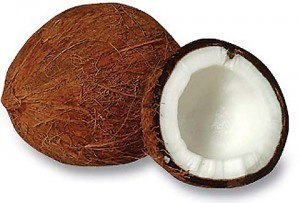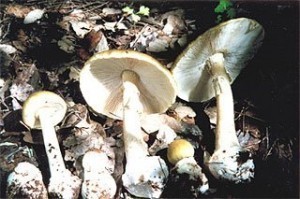Coconut Sizes
A coconut is made up of three different layers,  namely the endocarp, the mesocarp and the exocarp. The hardest part is the shell or the endocarp, which features three stoma or germination pores. This fruit is highly important because of its numerous uses. Almost all of its parts have uses including the trunk, the leaves and the husk. Furthermore, there are other interesting things to find out about it including the sizes of coconuts.
namely the endocarp, the mesocarp and the exocarp. The hardest part is the shell or the endocarp, which features three stoma or germination pores. This fruit is highly important because of its numerous uses. Almost all of its parts have uses including the trunk, the leaves and the husk. Furthermore, there are other interesting things to find out about it including the sizes of coconuts.
The Sizes of Coconuts
A coconut is the fruit of a coconut palm, which is actually a large dry drupe that grows at an average length of 15 inches. Meanwhile, the average width for coconuts is close to 12 inches. A coconut palm can grow up to 100 feet high. However, most of these grow within the range of 20 feet to 50 feet. The usual colors of the skin of the coconut or the exocarp are bronze-gold, yellow or green, depending on the maturity. The average volume of coconut water found in every coconut ranges from 300 milliliters to 1,000 milliliters.
Additional Facts and Other Interesting Details
More than anything else, the coconut is known for its extensive uses. For this reason, it is often referred to as ‘the Tree of Life,’ especially in the Philippines. In Thailand, people use the coconut husk as a good medium for potting because it is cost effective. Of course, the coconut is notable for its culinary uses. For instance, its oil is a primary ingredient for making margarine. Likewise, it is also used for cooking.
Coconut water is highly nutritious, which contains vital nutrients and minerals. This is also a rich source of vitamins, antioxidants and proteins. Moreover, it is also used to prepare the tasty dessert called nata de coco and isotonic sports drinks. Coconut leaves are very useful as well. In India, they are made into brooms. Furthermore, they can also be made into roofing thatch and baskets.
In order for coconut trees to grow well, the necessary conditions include a mean annual rainfall of more than 1,000 millimeters, a mean daily temperature of over 12 degrees Celsius for the entire year and lots of sunlight. The leading producers of coconut are India, the Philippines and Indonesia. Meanwhile, countries such as Vietnam, Thailand and Brazil offer a consistent supply of high quality coconuts.
Common diseases that greatly affect coconuts include Lethal Yellowing, which is actually a phytoplasma disease. Coconut is highly important to various states in India including Andhra Pradesh, Karnataka and Tamil Nadu. The same also goes for other places such as West Bengal, Orisa and Maharashtra.





